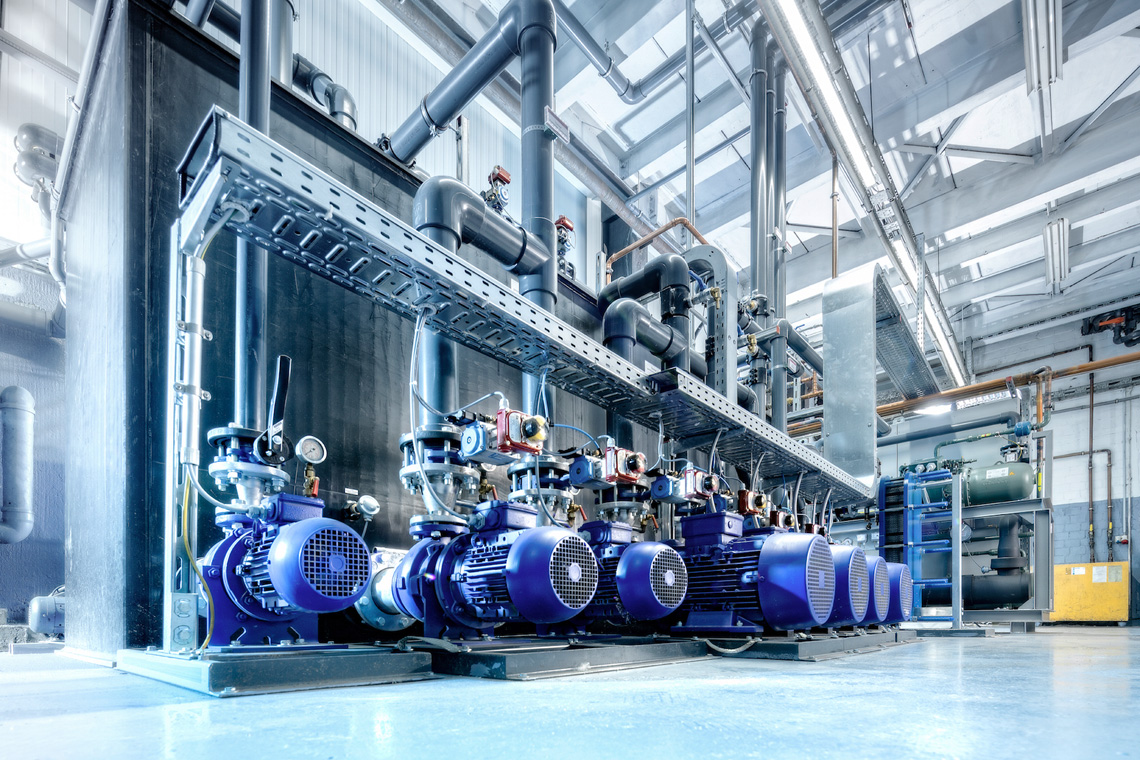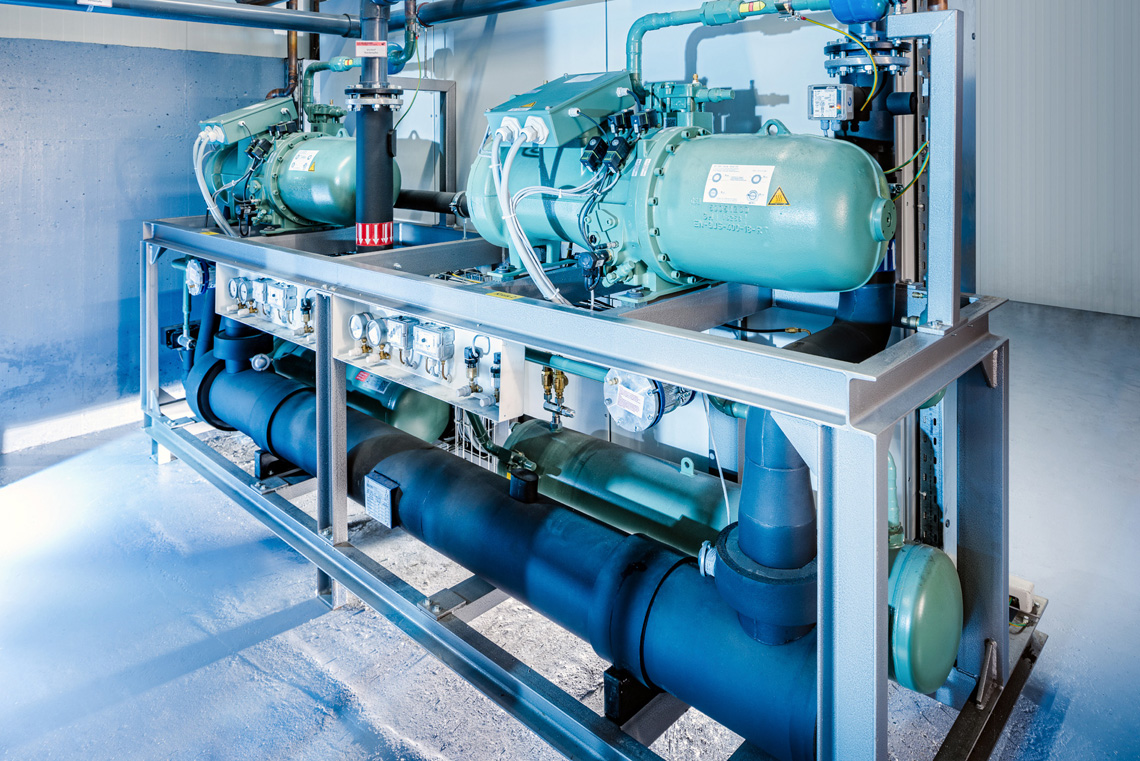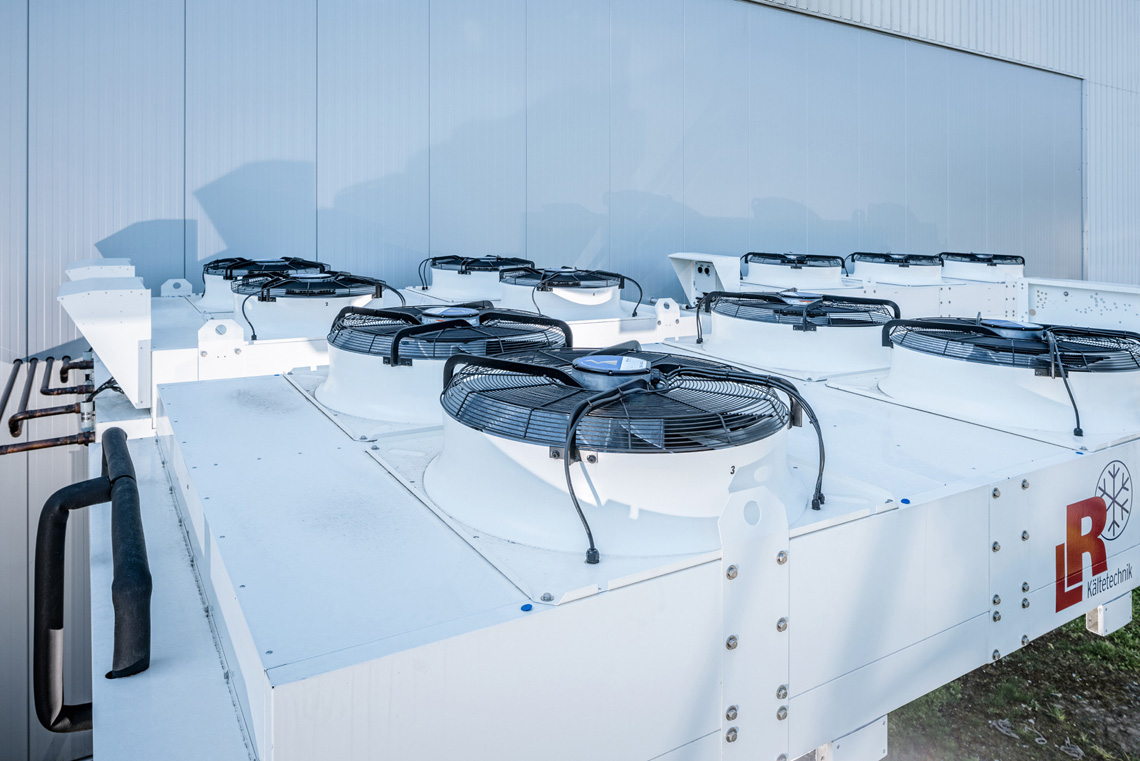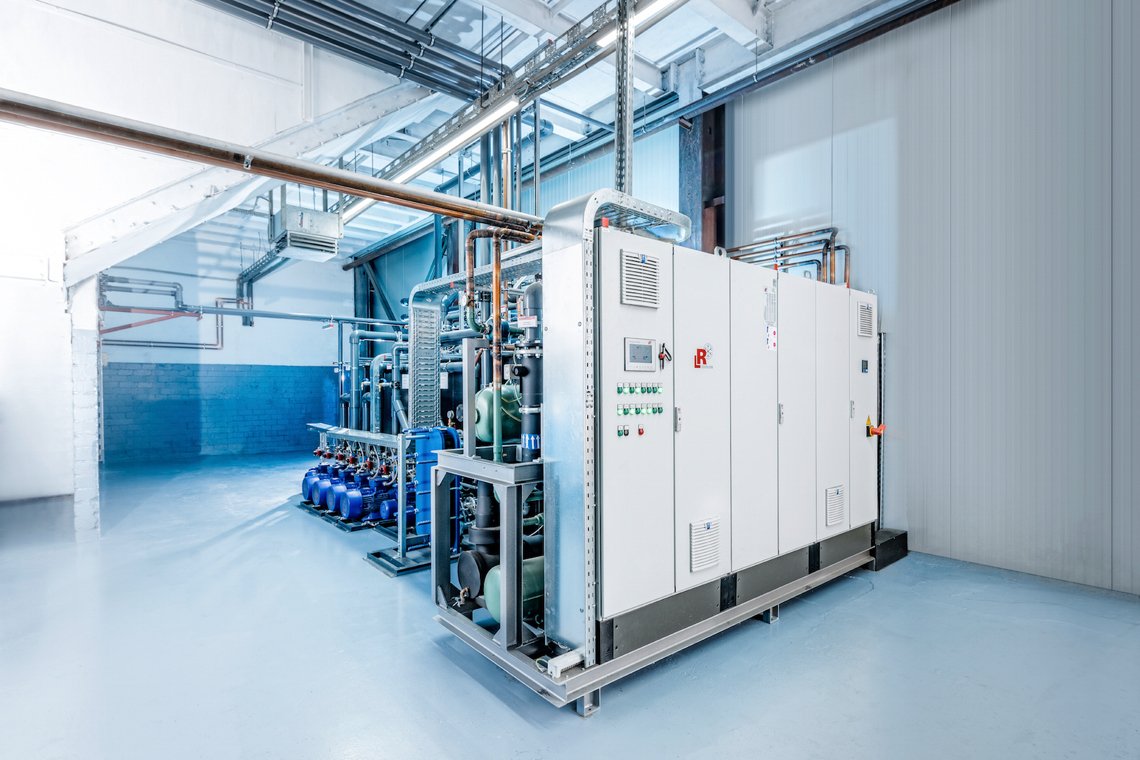Fitness equipment, garden furniture, toy vehicles: Kettler’s offering is diverse and covers a wide range of leisure activities. And the production systems are just as diverse. Kettler works with a high vertical range of manufacture and, for plastics processing at its Mersch/Werl plant, it has now put a new refrigeration system into operation with BITZER compressors. The system is as efficient as it is powerful, and employs numerous energy-saving technologies.
What do go-karts, exercise machines, bikes and garden furniture have in common? They are all used during leisure time. This is why the term ‘leisure market’ is used to cover all product divisions that are familiar under the Kettler brand. The company, founded in 1949 in Ense, Westphalia, by Heinz Kettler, now enjoys a high degree of brand recognition.
Numerous German manufacturers of leisure equipment have moved their production to Asia and delegated it to local contract manufacturers. But not Kettler: in the five plants in Werl and Ense, around 750 employees manufacture products with high quality demands and a high vertical range. The Mersch plant in Werl focuses entirely on plastics processing. Around 250 employees produce high-quality components using modern machines – predominantly from injection moulding – for the entire product range.

Up to
40 %
per cent lower energy costs
Production restructuring – upgrade of refrigeration
As part of a comprehensive project completed in April 2017, Kettler extensively reorganised its production and logistics, and also upgraded its refrigeration at the Mersch plant at the same time. One reason: the old refrigeration systems for tool and hydraulic cooling were not equipped with today’s standard energy-saving technologies. As an open cooling tower system, the refrigeration for the hydraulic circuit, for example, consumed a lot of fresh water and required a high degree of water treatment. In addition, the systems were filled with a refrigerant that falls under the ‘phase-out’ requirements of the F-gas Regulation, and is therefore not future-proof. During the modernisation of the refrigeration, L&R Kältetechnik GmbH in Sundern, who were entrusted with the project, decided to install a semi-hermetic BITZER compact screw compressor from the CSH series. ‘We have always had great experiences with BITZER products in the past. The performance is just as impressive as the high levels of efficiency. What’s more, future-proofing played a significant role regarding the applicable refrigerants in this case,’ says L&R Kältetechnik Sales Manager Thomas Imenkämper.

Tool cooling: split refrigeration system with free coolers and winter relief
The planned system for the Kettler plant’s tool-cooling will supply cold water at 15 °C and is designed as a split chiller. The chiller itself, with a cooling capacity of 2 × 100 kW, is located inside the building; the (waste) heat is directed off via an outdoor condenser. The associated free cooler is also outside. This achieves the prerequisite that primary cooling is partially or entirely generated by the surroundings at lower outside temperatures. The chiller then remains switched off and the user obtains refrigeration without energy expenditure. This so-called ‘winter relief’ leads to significant energy savings with outdoor temperatures below 10 °C. In summer, this free cooler is not required and it can then be switched to the hydraulic side of the refrigeration system. This works with higher temperatures and increases the available heat exchange area.
Hydraulic cooling as a closed system
Hydraulic cooling, which supplies water with a flow temperature of 30 °C and is designed for a cooling capacity of 250 kW, works as a closed system. Just as with tool cooling, the system components include a second free cooler. In addition, the heat in the hydraulic circuit is used as heating energy for warming halls via special air heaters. This energy-saving measure alone (heat recovery from hydraulics) reduces annual energy costs by almost 8,400 euros.

Annual reduction in energy costs of more than
40,000
euros
Energy-saving measures with quick ROI
Further energy cost savings result from winter relief (free cooling), which, according to calculations by L&R, reduces annual energy costs by around 19,500 euros. The refrigeration system’s pumps and fans are speed-controlled and are operated in accordance with the pressure and requirements. This results in energy costs that are up to 40 per cent lower for these consumers.
An important system component is the Varikon control developed by L&R that guarantees a sliding condensation temperature. Conventional chillers are operated with a fixed condensation temperature, usually at about 47 °C. However, this temperature level is needed only at high outdoor temperatures of around 35 °C. For a cooler climate of 8 °C, for example, a lower condensation temperature of – in this case – 20 °C is perfectly adequate. With an outside temperature of 8 °C, the chiller is operated with a condensation temperature of 20 °C. The Varikon control regulates the condensation temperature accordingly depending on the outside temperature and thus achieves significantly lower power consumption for the compressor. Here, too, the savings in energy costs can be accurately quantified: they are around 9,300 euros per year.
Save costs – and increase operational reliability
For energy-saving technologies – winter relief, Varikon control, heat recovery, speed-controlled pumps and fans – an overall annual reduction in energy costs of more than 40,000 euros can be achieved; the individual measures pay for themselves within a period of 10 to 15 months respectively. In addition, the new system is characterised by low service costs and high operational reliability. This is guaranteed, among other things, by L&R’s 25 years of experience in refrigeration system engineering and the use of high-quality system components. Another factor is their dispensing with the open cooling tower system, which not only consumed a large amount of fresh water and led to a high degree of water treatment, but also involved the risk of legionella contamination. This risk can now be reliably excluded.
Refrigerants: on the safe side
Kettler is now fully prepared for the future in terms of refrigerants, too: with R134a, the new systems are filled with a refrigerant that is not affected by the early ‘phase-out’ required under the new F-gas Regulation because its GWP (global warming potential) value is below 2,500. In addition, the system is designed so that, if necessary, it can be converted to refrigerants with an extremely low GWP, such as R1234yf (GWP=4) or R513A. An initial filling with this refrigerant is not currently recommended because these new synthetic refrigerants are still very expensive. In the coming years, significant price reductions and a larger range of alternative refrigerants can be expected.
© L&R Kältetechnik
CSH compact screw compressors – energy-efficient in full- and part-load
The semi-hermetic CSH compact screw compressors from BITZER were specifically developed with regard to applications in air-cooled liquid chillers and heat pumps that need to work at higher condensing temperatures. The compressors are characterised by very high energy efficiency both when fully and when partially loaded. What’s more, they offer wide application limits both in terms of low condensing temperatures and high pressure ratios. The CSH series thereby beats the international efficiency standard for compact screw compressors in terms of seasonally weighted energy needs. This results in especially high ESEER/IOLV and SCOP values.
In addition to a very simple and inexpensive-to-use method for direct refrigerant injection, the compressors can also be operated with an external oil cooler. This method of operation allows even more extreme operating conditions and, at the same time, high cost-effectiveness. The particularity lies in an oil circulation level that is specially adapted for oil cooler operation, which is achieved with the aid of a newly developed control valve mounted on the compressor. The valve is controlled electrically if necessary.
The innovative SE-i1 protection device offers extended motor protection functions and comprehensive application limit monitoring with multistage warning and alarm messages. Using the Modbus interface, the data can be transferred to the master control system or the BEST software from BITZER. This enables quick fault diagnosis and maintenance.


